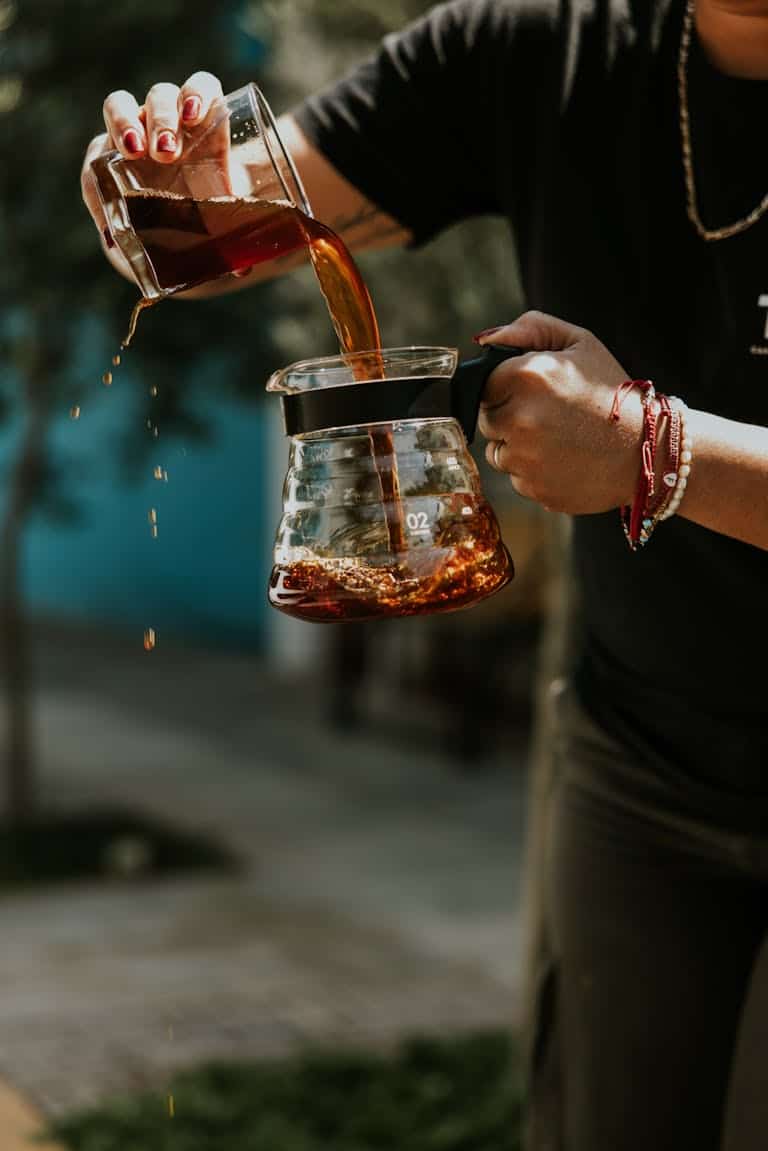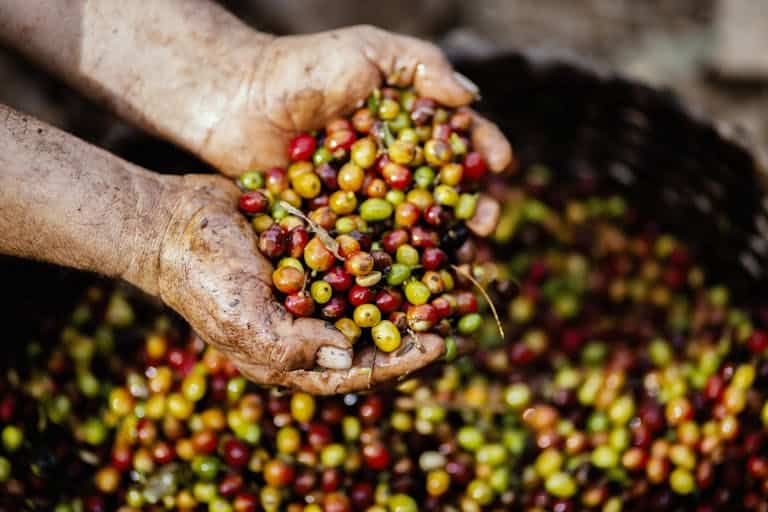7+ Best Coffee Bean Varieties to Try Today in 2024
Disclaimer: “This post contains affiliate links, and I may earn a commission at no additional cost to you
Introduction:
Are you ready to unlock the secrets of some of the world’s most exotic coffee beans?
today we are going to explore some of the Best Coffee Bean Varieties
Whether you’re a seasoned coffee enthusiast or just starting to venture beyond your typical brew, diving into the unique varieties of coffee beans can feel like embarking on a global journey.
Did you know there are over 120 varieties of coffee beans, each with its distinct flavor profile and origin story?
From the floral notes of Ethiopian Yirgacheffe to the rich, chocolatey undertones of Guatemalan beans, there’s a whole world of coffee waiting to be explored.
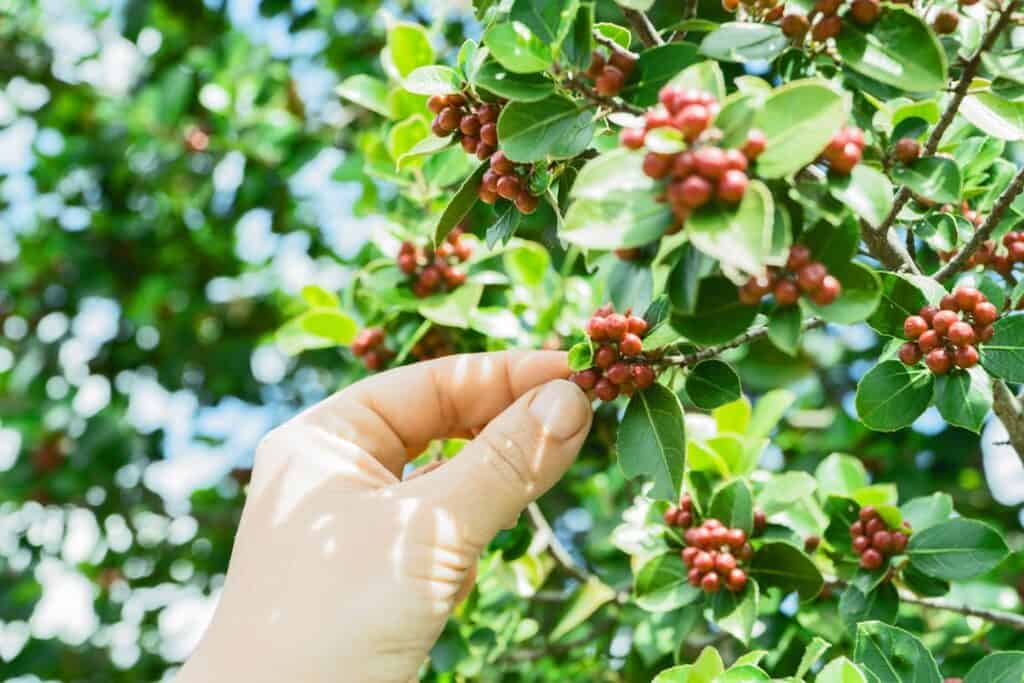
In this guide, we’ll take you through 14 exotic coffee varieties that will not only enhance your brewing experience but also deepen your appreciation for the artistry of coffee-making. Let’s dive in!
What Makes a Coffee Bean Exotic?
Exotic coffee beans are more than just your average cup of joe; they’re an experience. But what exactly makes a coffee bean “exotic”?
well Unlike regular coffee beans, exotic beans are typically grown in unique or rare regions with distinct climates, altitudes, and soil conditions that heavily influence the flavor.
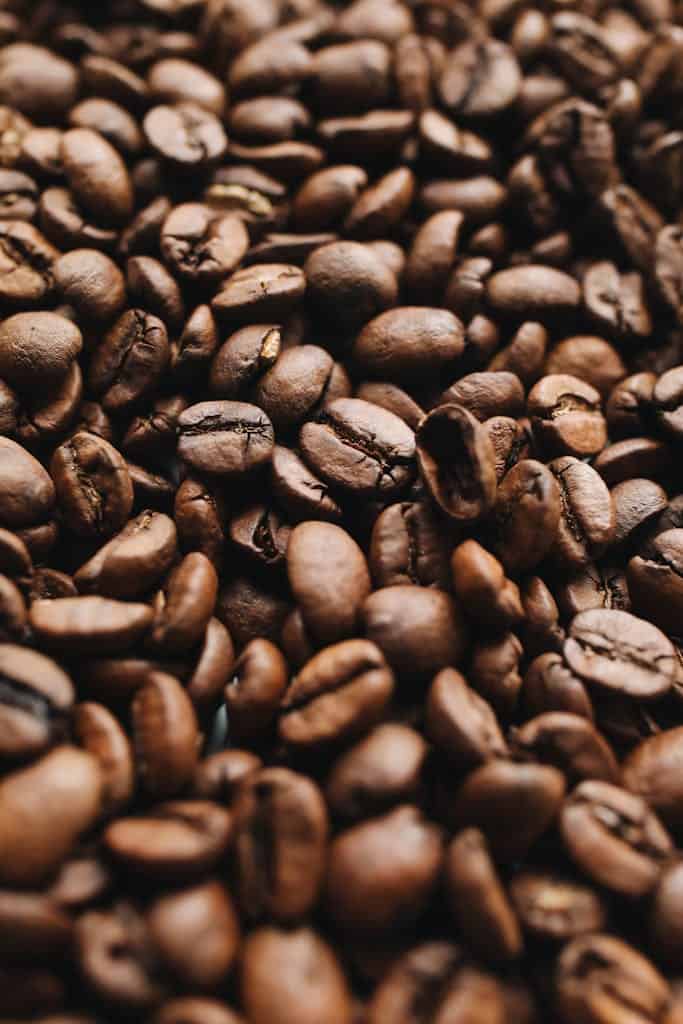
This is where the concept of single-origin coffee comes into play, as beans from a specific region often have flavor profiles you can’t find anywhere else.
Another key factor is the growing and processing methods. Exotic coffee beans are often cultivated using more traditional, small-scale techniques.
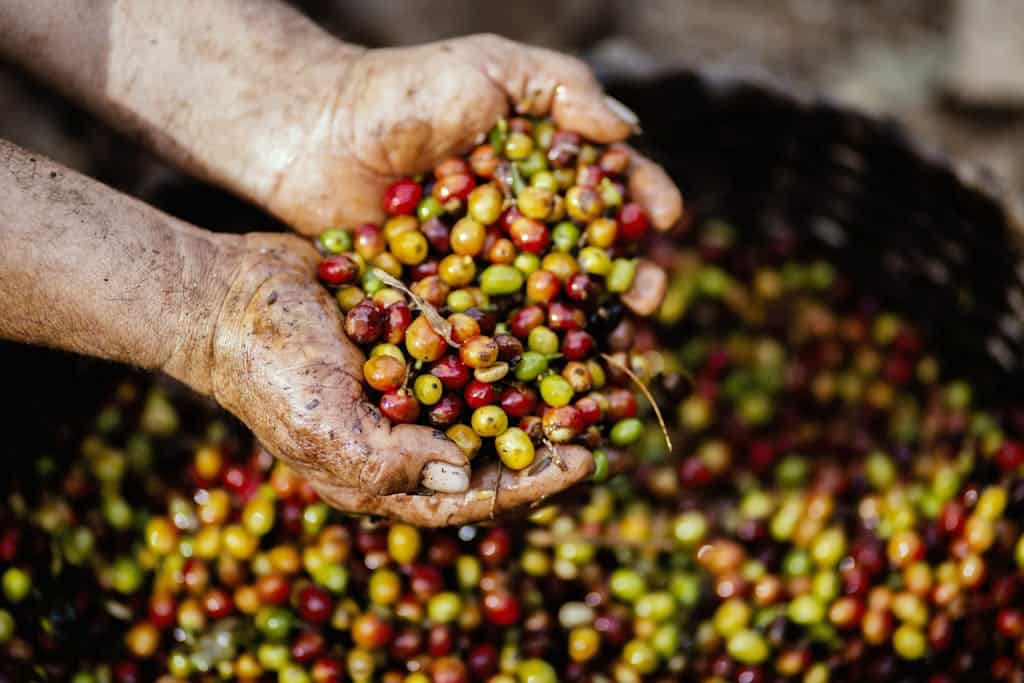
These beans are usually handpicked at the perfect time, and how they’re processed—whether it’s through a washed, natural, or wet-hulled method—further enhances their unique qualities.
The rarity of exotic beans also comes from the regions they’re grown in. Countries like Jamaica, Yemen, and Papua New Guinea produce highly sought-after beans due to their limited supply and high demand.
Ethiopian Yirgacheffe: The Birthplace of Coffee
Ethiopia, often called the birthplace of coffee, has a rich history that began with the legend of a 9th-century goat herder, Kaldi, who discovered coffee after observing his goats’ energy spike from eating certain berries.
Among Ethiopia’s renowned coffees, Yirgacheffe stands out for its distinct and celebrated flavor profile.
Yirgacheffe beans are known for their bright, floral, and fruity notes, with hints of jasmine, lemon, and berries, offering a light, tea-like quality.
These unique characteristics make Yirgacheffe a favorite among coffee enthusiasts.
To fully experience its nuanced flavors, pour-over methods like Chemex or Hario V60 are ideal, allowing a gentle extraction process. French press can also work for those who prefer a slightly fuller body while retaining its delicate essence.
Always opt for a light roast to preserve the bean’s natural brightness and complexity, ensuring you savor every sip of this exceptional coffee.
Jamaican Blue Mountain:
Jamaican Blue Mountain coffee, grown in the cool, misty heights of Jamaica’s Blue Mountains, is one of the world’s most prized varieties.
At altitudes up to 7,500 feet, the slow-growing coffee benefits from ideal conditions, including volcanic soil, consistent rainfall, and cooler temperatures.
This slow maturation allows the beans to develop complex flavors, making it a highly sought-after coffee globally.
The flavor is what sets Jamaican Blue Mountain apart. Known for its smooth, mild body, it’s free from bitterness, offering subtle notes of nuts and chocolate with a delicate sweetness. Its low acidity and balanced profile make it an easy, enjoyable coffee to sip.
Part of its exclusivity and high cost stems from its rarity. Only coffee grown at specific altitudes qualifies as Blue Mountain, with limited production and high demand—especially from Japan, which imports most of it.
This combination of rarity, meticulous production, and premium quality makes it a true coffee gem.
Panama Geisha: A Crown Jewel Coffee
Panama Geisha, a crown jewel of specialty coffee, originally hails from Ethiopia’s highlands, specifically the Gesha village.
Though it arrived in Panama in the 1960s, its true potential wasn’t recognized until 2004, when it skyrocketed to fame after a competition.
Now, Panama is celebrated for producing some of the finest Geisha beans, often fetching record prices at auctions.
Geisha coffee’s flavor profile is extraordinary, with jasmine-like aromas, vibrant tropical fruit notes, and bright acidity.
You might taste hints of papaya, pineapple, or bergamot, creating a complex, layered experience.
Its light, tea-like body adds further appeal, making it a favorite among coffee connoisseurs.
Brewing technique plays a crucial role in showcasing Geisha’s delicate flavors. Pour-over methods like Chemex or Hario V60 allow precise control over temperature and extraction, highlighting the bean’s floral and fruity qualities.
AeroPress is also great, maintaining its bright acidity with a slightly richer body. Freshly ground beans and a medium-fine grind are essential to unlocking the full potential of this exceptional coffee.
Kona Coffee: Hawaii’s Premium Brew
Kona coffee, Hawaii’s premium brew, is cultivated on the western slopes of the Mauna Loa volcano, the only place in the U.S. that grows coffee commercially.
The unique combination of volcanic soil, tropical temperatures, and frequent rainfall creates ideal conditions for these beans.
Grown at elevations between 800 and 2,500 feet, Kona coffee develops complex flavors due to the perfect balance of sun and shade.
Kona coffee is celebrated for its rich, smooth body and creamy mouthfeel. It often has subtle caramel sweetness, balanced with mild acidity, creating a bright yet smooth cup.
Some cups may reveal hints of fruit, spice, or nuts, adding depth to its well-rounded profile, perfect for those who appreciate complexity without overpowering acidity.
What distinguishes Kona coffee is its dedication to quality. Small-batch farmers handpick each bean at peak ripeness, ensuring meticulous care.
This, combined with the isolation of the region, makes Kona coffee rare and highly prized for its craftsmanship and flavor.
5 Yemen Mocha: The Ancient Bean with a Chocolatey Twist
Yemen holds a special place in coffee history as one of the first regions to cultivate coffee commercially, dating back to the 15th century. Yemeni traders exported coffee through the port city of Mocha, which gave its name to the famous Mocha coffee variety.
Even today, Yemen’s coffee is grown using traditional methods on terraced farms in the highlands. These small farms, combined with the region’s harsh desert climate and limited water resources, make Yemeni coffee rare and challenging to produce.
However, these tough conditions contribute to its unique and complex flavor profile, making Yemen Mocha one of the most prized coffees in the world.
Yemen Mocha beans are known for their rich, chocolatey flavors paired with a wine-like complexity. The coffee often features deep, dark chocolate notes alongside fruity, berry-like accents, creating a luxurious, full-bodied cup.
Subtle acidity, earthy undertones, and spiced hints further enhance its depth, making it an indulgent experience for coffee lovers.
For brewing, the French press is ideal for drawing out Yemen Mocha’s full-bodied richness and deep, earthy chocolate notes. A pour-over method, like Chemex or Hario V60, highlights the fruity, wine-like qualities and adds clarity to the natural sweetness.
Espresso is another excellent choice, intensifying the coffee’s chocolatey richness and preserving its complex, wine-like flavor.
Sumatra Mandheling: Earthy and Bold
Sumatra Mandheling, grown in the volcanic soils of Indonesia’s Sumatra island, is known for its bold and earthy flavor profile.
The nutrient-rich volcanic soil plays a vital role in cultivating beans with deep, robust flavors. One unique aspect of Sumatra coffee is the wet-hulling process, or “Giling Basah,” which gives Mandheling its signature earthy, almost herbal flavor, and a full-bodied, rich mouthfeel.
This process, unlike more common washed methods, contributes to its distinctive taste.
Flavor-wise, Sumatra Mandheling offers a smooth, low-acidity cup with notes of dark chocolate, spices, and even hints of tobacco. Its rich, syrupy body and lingering finish make it an ideal choice for those who prefer bolder, less acidic coffee.
Brewing methods like the French press and espresso best highlight its depth. The French press extracts maximum flavor, while espresso enhances its low acidity and rich body.
Cold brew also works well, bringing out the bean’s natural sweetness without bitterness.
Guatemala Antigua: A Well-Rounded Classic
Guatemala Antigua coffee is a well-rounded classic, grown in the mineral-rich volcanic soils of the Antigua region, surrounded by the volcanoes Agua, Fuego, and Acatenango.
These natural elements, paired with high elevation and a mild climate, create the perfect conditions for cultivating high-quality beans with a unique and complex flavor profile.
The flavor of Guatemala Antigua is beloved for its rich, chocolatey, and nutty base, often accented by subtle spicy undertones.
Hints of cinnamon or allspice add warmth to the cup, while the smooth, rounded body provides a comforting, satisfying experience.
The balance of sweetness and spice makes it a favorite for those who enjoy a bold yet approachable coffee.
To highlight its nuanced flavors, pour-over methods like the Chemex or Hario V60 work well, enhancing clarity and sweetness.
For a fuller, richer body, a French press emphasizes the chocolate and nutty notes. Drip brewing offers a well-rounded cup, capturing all the coffee’s complexity without overpowering any delicate flavors.
Costa Rica Tarrazú: A Bright and Balanced Cup
Costa Rica Tarrazú coffee is renowned for its bright and balanced flavor, stemming from the region’s ideal growing conditions.
Grown at high altitudes between 1,200 and 1,900 meters in nutrient-rich volcanic soil, these beans develop slowly, allowing for more complex flavors.
Costa Rica’s focus on precision, sustainability, and stringent quality control ensures that Tarrazú coffee remains a favorite among coffee lovers worldwide.
The defining feature of Costa Rica Tarrazú is its lively, bright acidity. The flavor profile often includes refreshing citrus notes, such as lemon or orange, balanced by a subtle brown sugar sweetness.
This combination creates a well-rounded cup that is both vibrant and smooth, with a clean, crisp finish free from harsh bitterness.
For brewing, methods like the Hario V60 pour-over emphasize clarity, allowing the citrus acidity and sweetness to shine.
The Aeropress offers a fuller body while maintaining the coffee’s lively character, and drip brewing provides a traditional, balanced cup that captures the bean’s signature brightness.
Conclusion:
Mastering the art of coffee doesn’t just involve brewing techniques—it’s about discovering and appreciating the origins and varieties that make every cup special.
By exploring these 14 exotic coffee varieties, you can transform your morning brew into a rich, flavorful experience that transports you across the globe.
Whether you prefer the floral notes of Ethiopian Yirgacheffe or the smooth richness of Jamaican Blue Mountain, there’s an exotic coffee out there waiting to be your next favorite.
So, why not start your coffee journey today? Try one of these varieties, and let your taste buds explore!


